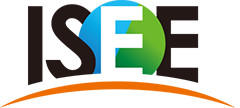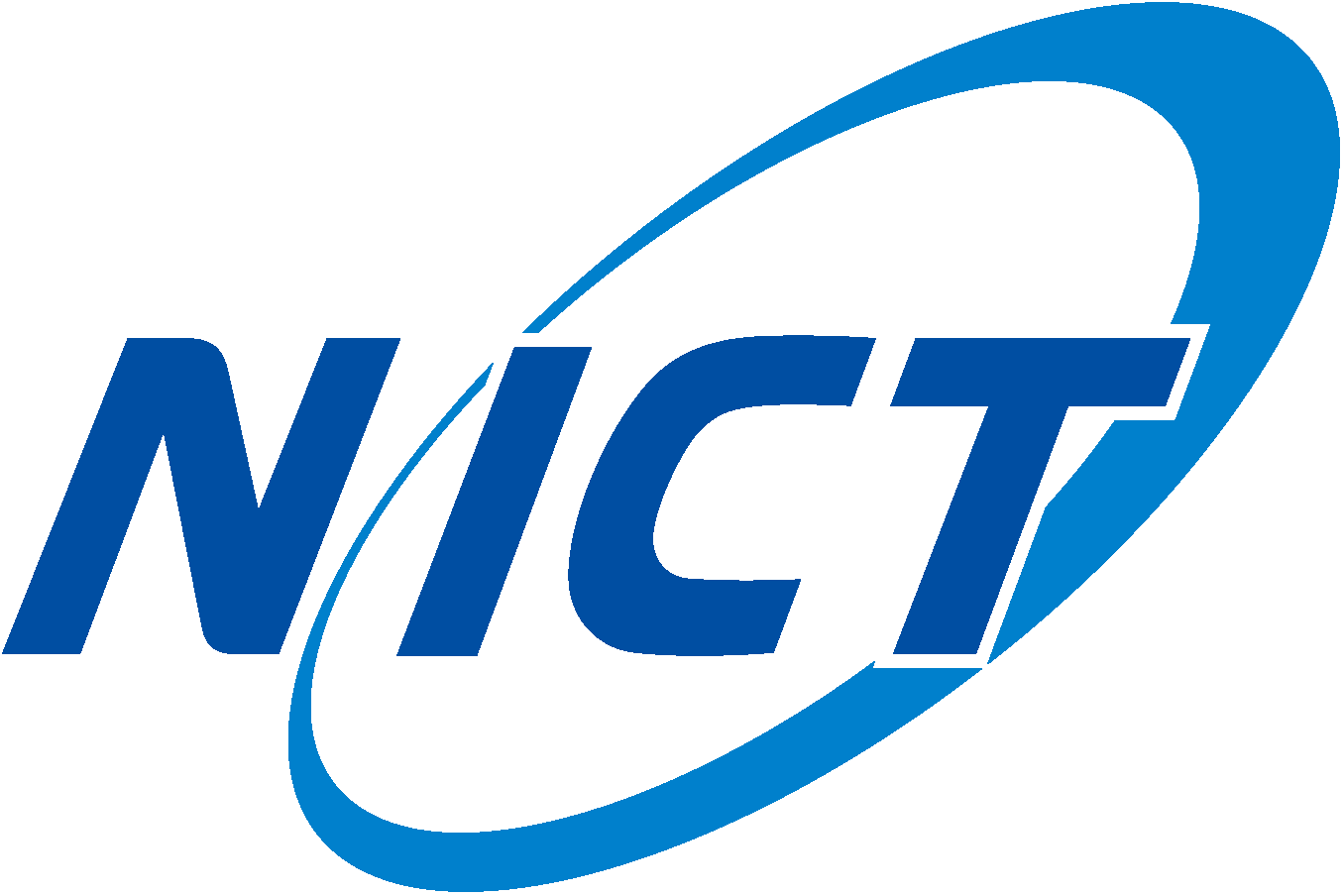- Session M1: Radar hardware, signal processing, quality control for coherent and incoherent radars
- Session M2: New radar/radio systems and future MST plans
- Session M3: Ionospheric irregularities and IS experiments
- Session M4: MST Radar scattering, turbulence and small-scale processes
- Session M5: Meteorology and forecasting/nowcasting
- Session M6: Middle atmosphere dynamics and structure
- Session M7: Radar detection of meteors
- Session M8: Brainstorming




 Supported by International Exchange Program of
Supported by International Exchange Program of National Institute of Information and Communications Technology (NICT)
Supported by the Kyoto University Foundation


